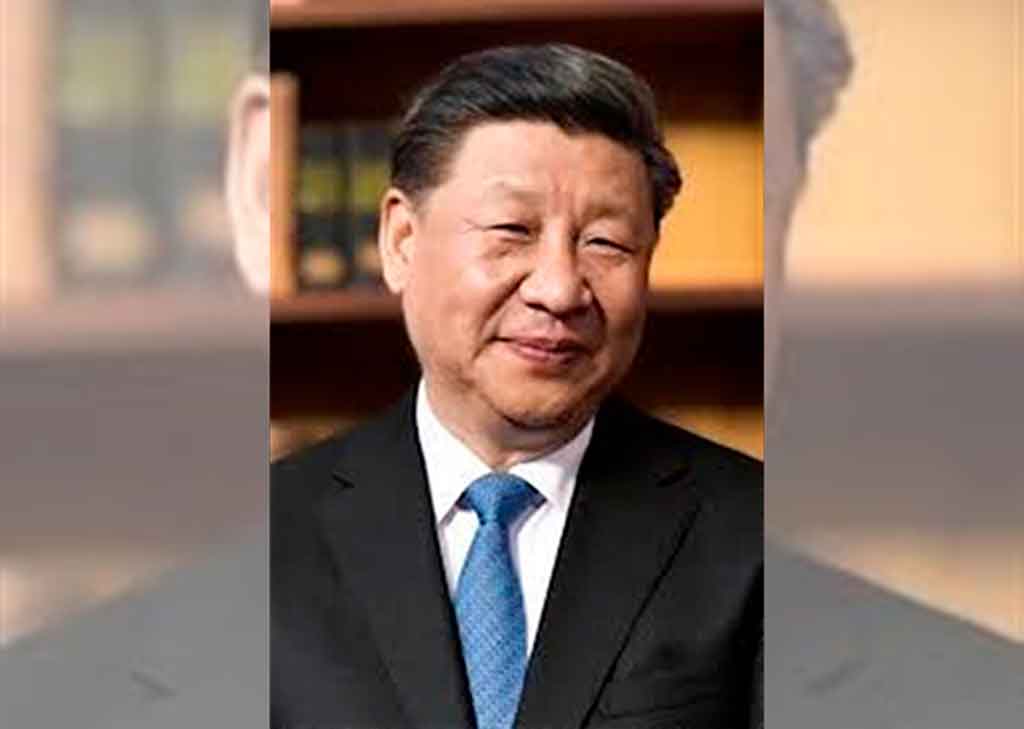By Earl Bousquet
The Chinese leader first proposed the Global Cooperation Initiative (GCI) in March 2023, urging world leaders and governments to start seeing the future as one of sharing Planet Earth for Humanity, instead of nations see themselves as born and blessed to be superior over others.
The GCI was launched alongside proposals for a Global Development Initiative (GDI) that would identify and pursue development goals for a future of shared humanity and a Global Security Initiative (GSI) that would replace war with peace and protection of humanity’s needs for survival and continuing development.
According to a Global Times report of March 15, 2024 -coinciding with the GCI’s first anniversary: ‘The GCI proposes that countries uphold the principles of equality, mutual learning, dialogue and inclusiveness among civilizations and let cultural exchanges transcend estrangement, allow mutual learning to transcend clashes, and inclusiveness to transcend any sense of superiority.’
In that context, President Xi told a Dialogue with World Political Parties High-Level Meeting in 2023 they should do more to encourage their governments and people to see the need to share efforts too, to save (and not destroy) Planet Earth.
His latest visit to Latin American saw the Chinese leader launching the latest Belt and Road Initiative (BRI) project in Peru and Beijing entering into bilateral agreements to enhance and widen agricultural crop production and export opportunities there.
During the APEC Summit in Peru, the China President launched a state-of-the-art port in Peru that reflects the GCI and GDI by deepening and widening trade between China and Latin America, opening new export possibilities and shortening shipping time to the Asian nation by ten days.
The opening of the Chancay Port -a deep-water port and the first ‘smart port’ and ‘green port’ in South America- also saw the simultaneous arrival of a major designated container ship from Shanghai with China’s ‘New Three Exports’ (electric vehicles, photovoltaic products and lithium-ion batteries) and departure of another dedicated ship to Shanghai, carrying Peruvian agricultural products (including avocados and blueberries).
The port opens the new modern Silk Road and shows how the GCI can build shared opportunities for mutual growth and development between nations, across airs and oceans.
The second leg of President Xi’s visit allowed China to further highlight its contribution to Green Energy and ‘8 Actions for Global Development’ at the G-20 Summit in Brazil, where the Chinese telecoms company Huawei has taken modern communications services to millions and helped hasten the speed of IT services to boost national communications and productivity.
The GCI’s new roads and bridges will belt the expansion of and increase existing continental ties in communications, agriculture, mining and other sectors across Latin America, while displaying and introducing new energy-saving technologies.
While major global polluting countries of the North and victim nations in the global South kept their eyes on the COP-29 climate change and environmental talks happening simultaneously in Azerbaijan with concerns about delivery of outstanding Loss and Damage and adaptation promises, China was showing, in Latin America, how it’s complementing New and Green Energy initiatives through solar and wind power, among others.
Beijing is providing the region with clean and green energy and technology choices to promote national economic development and continental transformation.
The China leader said Beijing looks forward to further enhancing its 50-year bilateral ties with Brazil and to forge stronger bridge-building connections with the continent.
He also responded to the US decision to allow Ukraine to use long-range weapons it supplied against Russia, and Moscow’s response, saying a Thirst World War “cannot be won and should not be fought”.
As with all previous visits abroad by the China leader, the plans were in place way-ahead of the US presidential election and objectives set long-in-advance to show how the BRI, with the GCI, GDI and GSI can work -like clockwork- to not only reduce global tensions, but also promote peace and cooperation for common global human development, at a time when world leaders are talking about ‘World War III’.
China’s joint leadership of the expanded BRICS alliance has helped demonstrate the ability and will of developing nations today to plan for and preserve the majority of the world’s population and natural resources.
The BRICS are also undertaking joint measures through their New Development Bank (NDB), to make developmental opportunities easier for nations hitherto trapped in the financial and economic grasps of the World Bank and the International Monetary Fund (IMF).
China’s ties with Latin America and the Caribbean are also developed through the Community of Latin American and Caribbean States (CELAC), to which the majority of Caribbean Community (CARICOM) member-states also belong.
Latin America is increasingly embracing a future with China, despite the possibility of a 60 percent tariff increase on Chinese exports to the US -which increased prices will not have to be paid by China, as the incoming president claimed on the campaign trail, but instead by US importers.
Such an imposition would also hurt US imports of incoming presidential adviser Elon Musk’s Tesla vehicles, the majority of which are produced in China.
As per usual, China and the US will eventually find ways to manage the world’s biggest bilateral trade relationship in ways that will benefit both sides.
Meanwhile, Beijing is encouraging more nations and people worldwide to choose peace over war, development over exploitation and cooperation over conflict.
President Xi’s three proposed initiatives will also continue to practically demonstrate the unsustainability of ties with Taiwan and help convince the island administration’s few remaining friends that the world’s future is better with China.





